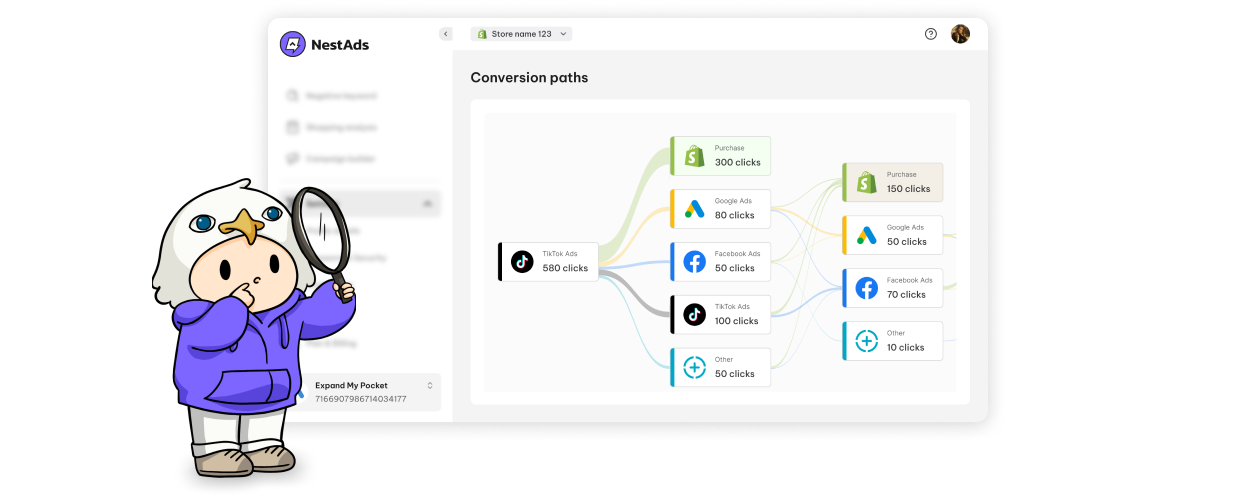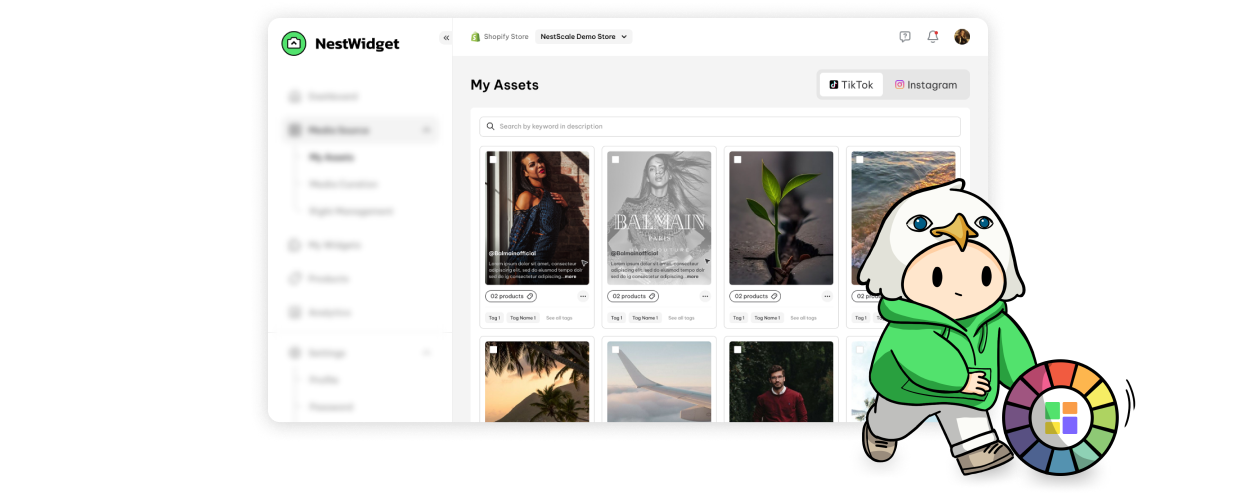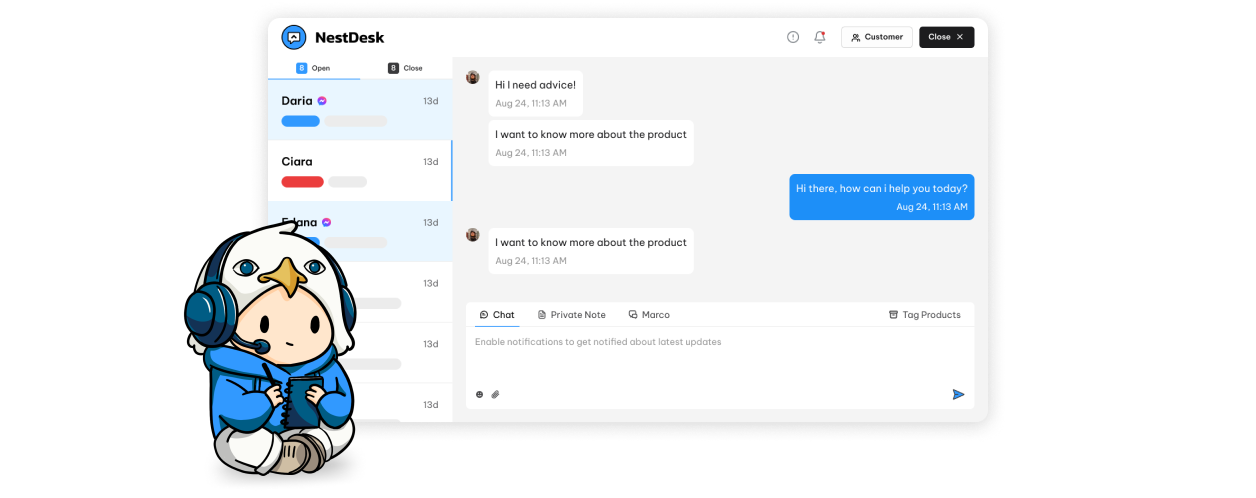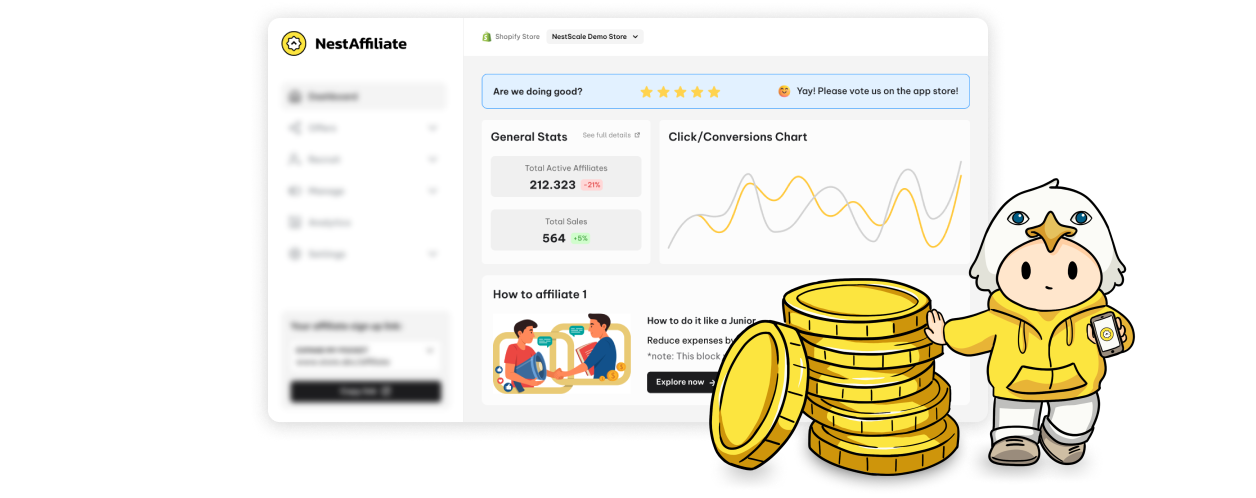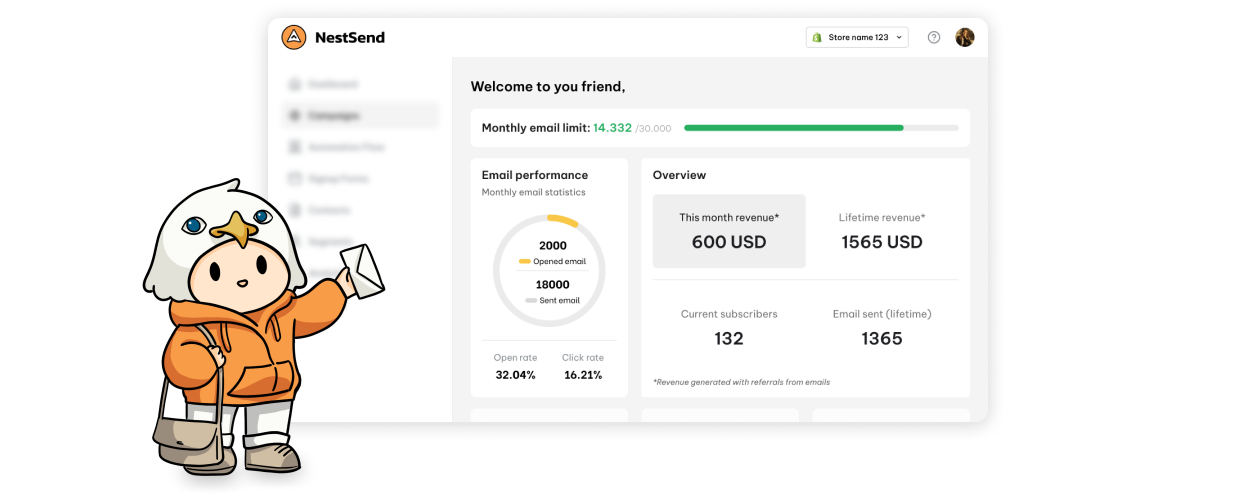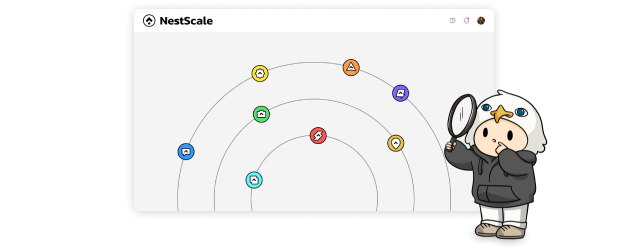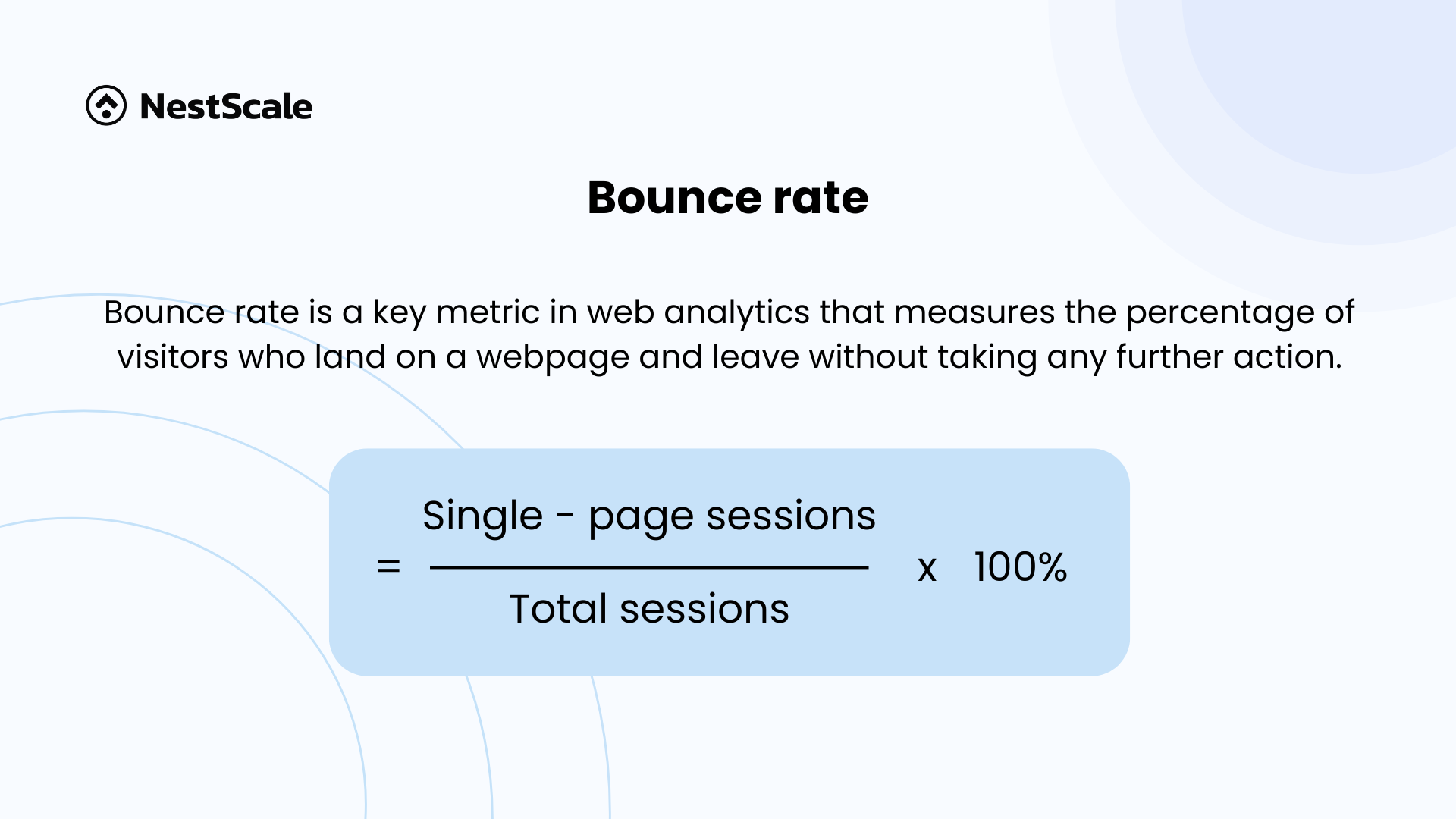What is bounce rate?
Bounce rate is a key metric in web analytics that measures the percentage of visitors who land on a webpage and leave without taking any further action, such as clicking on a link, filling out a form, or navigating to another page on the same website. In simple terms, it indicates the proportion of single-page sessions on your site.
How is bounce rate calculated?
The formula for calculating is straightforward: Bounce rate = (Single-page sessions / Total sessions) x 100
For example, if your website has 1,000 total sessions in a given period, and 300 of those are single-page sessions, the bounce rate is:
(300 / 1,000) x 100 = 30%
Why does it matter?
Bounce rate offers valuable insights into user behavior and the effectiveness of your website’s content and design. A high metric may indicate issues such as:
- Irrelevant content: Visitors may not find the information they were looking for.
- Poor user experience: Factors like slow page load times, confusing navigation, or intrusive pop-ups can drive users away.
- Mismatched intent: If your webpage does not align with the expectations set by your ad copy or search engine snippet, users may leave quickly.
What is a good bounce rate?
Bounce rates vary by industry and webpage type. While there isn’t a universal benchmark, here are general guidelines:
- Blogs and content pages: 60-80% (higher is acceptable since users might read an article and leave).
- E-commerce sites: 20-40% (lower is better to ensure visitors browse and make purchases).
- Landing pages: 70-90% (depending on the intent of the page).
What constitutes a “good” one depends on your website’s goals. For example, an informational blog may naturally have a higher bounce rate than an online store.
Common bounce rate issues and solutions
- Slow page speed: Users abandon slow sites, especially on mobile devices. Optimize images, minimize HTTP requests, and use a Content Delivery Network (CDN) for faster global access.
- Poor mobile experience: With mobile traffic dominating, ensure responsive design. Text should be readable, buttons easily tappable, and content adapted for small screens. Test across devices to guarantee compatibility.
- Misleading titles or descriptions: Align meta tags, CTAs, and ads with your content. Accurate representations in search results and ads lead to more engaged visitors who find what they expect.
- Intrusive pop-ups: While effective for conversions, pop-ups often frustrate users. Use them sparingly, time them appropriately (e.g., exit-intent), and ensure they’re easy to dismiss, especially on mobile.
- Unclear navigation: Customers should find information effortlessly. Implement logical menu structures, clear labels, and search functionality. Strategic internal linking can encourage further site exploration.
Bounce rate vs. Exit rate
Both metrics proxies for website engagement, but they measure different behaviors:
- Bounce rate: The percentage of users who enter a site and leave without visiting any other page.
- Exit rate: The percentage of users who leave a site from a specific page, regardless of how many pages they visited before.
All bounces are exits, but not all exits are bounces. For example:
- If 100 people land on the homepage and 50 leave without visiting any other pages, the homepage’s bounce rate is 50%.
- If the homepage receives 400 pageviews and 100 of those result in users leaving the site, the exit rate is 25%.





